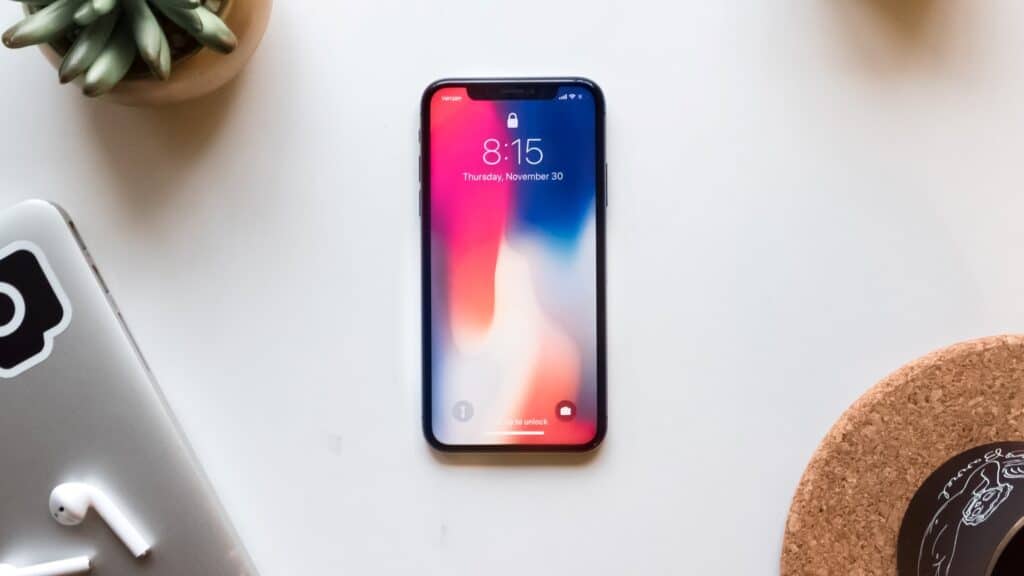
In the past, the task of tracking iPhones and iPads using Bluetooth Low Energy (BLE) in room-assistant was a daunting undertaking, owing to Apple's address randomization and cross-transport key derivation privacy features. But technology is moving forward, and a room-assistant companion app has been launched in beta. This app will give Apple's faithful followers a golden key to unlock the previously impenetrable fortress of BLE.
Contents
The allure of room-assistant
If you're new to room-by-room presence-tracking, room-assistant is a helpful tool that helps Home Assistant track your location as you move through your home. By following the comprehensive room-assistant guides available, you will get it up and running on low-power single-board computers, such as the beloved Raspberry Pi Zero W.
Yet, like a Shakespearean twist, there's a hitch. Dependence on the ageing Bluetooth Classic is fraught with its own set of pitfalls. Sharing the congested 2.4 GHz band with Wi-Fi and Zigbee is much like attempting to waltz through a packed tube station during rush hour – leading to interference and a lethargic six-second refresh rate.
The Android advantage
While Apple wouldn't allow iPhone users to break through their stifling confines, Android users were able to free themselves from the shaky grips that prevented them from fully exploiting room-assistant. With the virtual beacons enabled by the Android operating system, apps like Beacon Simulator make the setup as straightforward as a Sunday stroll in the park.
A beacon of hope for iPhone users
However, despair not, Apple loyalists, as the room-assistant developers have meticulously forged a companion app to guide you onto the BLE express. In its beta phase, the audacious among you can trial it using TestFlight, Apple's bespoke app testing platform.
